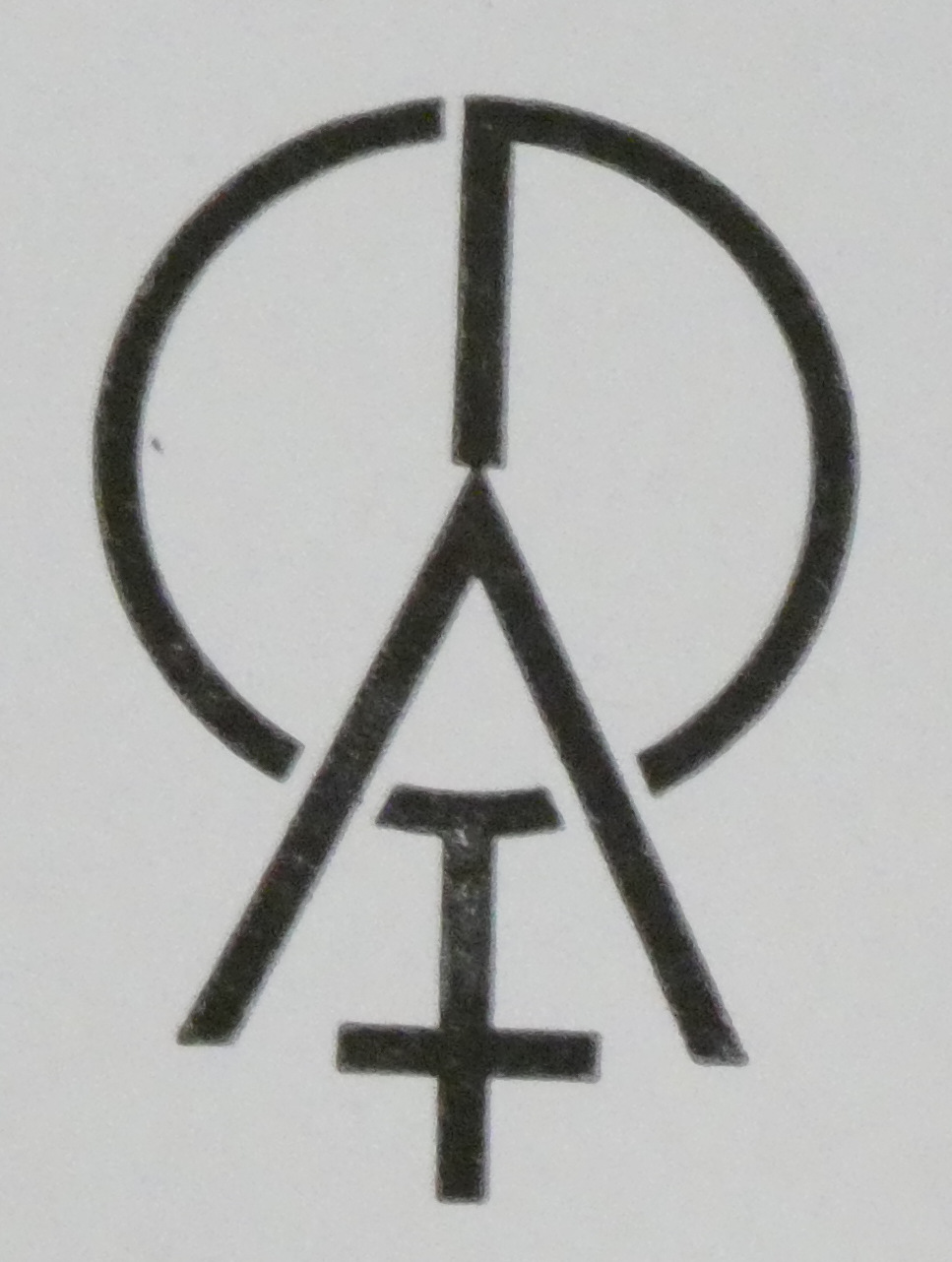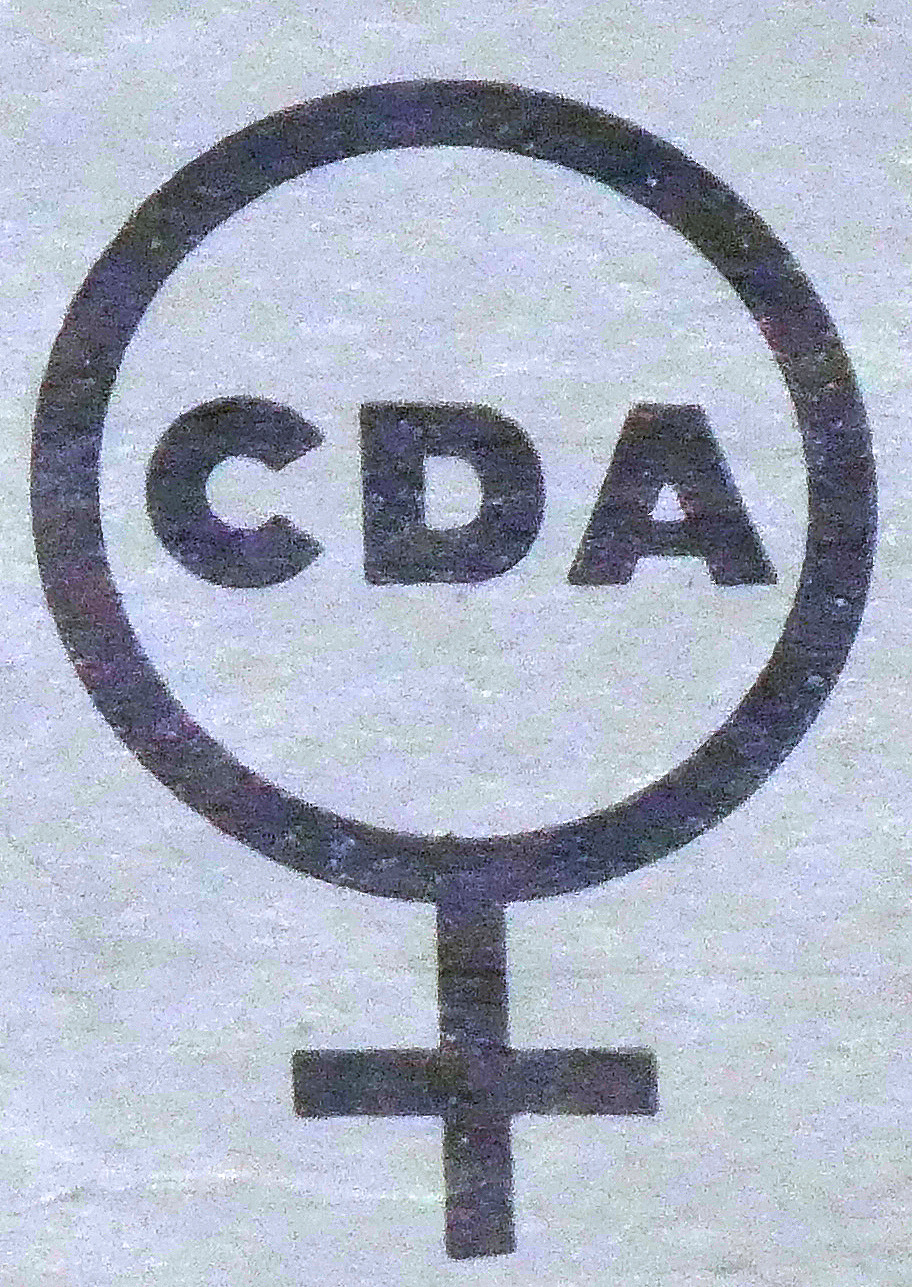Copper Development Association UK 1933 - 2019
(c) Antique Metalware Society
Small extracts can be used with acknowledgements to 'Oldcopper.org' website.
Helpful comments are very welcome.
The Copper Development Association,
Introduction
COPPER DEVELOPMENT ASSOCIATION was a non-trading organisation sponsored by the copper producers and fabricators to encourage the use of copper and copper alloys and to promote their correct and efficient application. Its services, which included the provision of technical advice and information, were available to those interested in the utilisation of copper in all its aspects. The Association also provided a link between research and the user industries and maintained close contact with other copper development organisations throughout the world. To promote the cost-effective use of copper and copper alloys, in 1933 the leading producers of copper collaborated with the majority of industrial fabricators and processers to create an Association for the proper support and development of the markets. Mostly the producers were members of the London Metal Exchange and they provided the majority of the finance. Many members of the British Non-Ferrous Federation (BNFMF) and the Association of Bronze and Brass Founders (ABBF) subscribed and at one time there were about 600 members of the Copper Development Association (CDA) in the UK.Aims
The aims were declared as:1 To encourage and promote the efficient application of copper and copper alloys in all forms.
2 To provide a link between research and its industrial applications, including both commercial organisations and the general public.
3 To disseminate technical information and provide an advisory service on all matters concerning the use of copper and its alloys.
Efforts were aimed at benefiting many industrial sectors such as the electrical industry, brass components for all industries, building and construction uses such as plumbing and roofing, chemical and biological usage and marine environments. With the reduction in the number of fabricators and reorganisations within the producers, increasing efficient international cooperation became vital. The offices of CDA UK were closed in 2003 and the work taken over by the Copper Alliance of the International Copper Association (ICA). The International Copper Association (ICA) has been working on behalf of the copper industry for more than 60 years, beginning in 1959 with its predecessor organization, the International Copper Research Association (INCRA). Copper’s capacity for health and healing was discovered by ancient civilizations. As modern science continues to shed light on the relationship between copper and health, copper is playing a greater role in healthcare, being antimicrobial and an essential trace element. Pure copper has the best electrical and thermal conductivity of any commercial metal. Over half of the copper produced is used in electrical and electronic applications. There are also more than 400 copper alloys, each with a unique combination of properties to suit many applications, manufacturing processes and environments. These include, amongst others, the brasses, bearing bronzes, aluminium bronzes, nickel-silvers and copper-nickel alloys.Headquarters
(Dates from Publications) 1933 -1939 Thames House, Millbank, London S W 1 1939 – 1943 9, Bilton Road, Rugby, Warwickshire (wartime temporary) 1943 – 1947 Grand Buildings, Trafalgar Square, London, W C 2 1947 – 1956 Kendals Hall Radlett, Hertfordshire. 1956 – 1964 South Audley Street, London. W1. 1964 – 1990 Orchard House, Mutton Lane, Potters Bar EN6 3AP 1990 – 2000 Verulam Industrial Estate, 224 London Road, St Albans, Hertfordshire AL1 1AQ 2000 – 2003 Unit 5, Grovelands Business Centre, Boundary Way, Hemel Hempstead, Hertfordshire, HP2 7TE.Directors
1940s, 1950s Dr E (Ted) G West, OBE, recognised for his wartime work for the Ministry of Supply. 1960s Dr E (Ernie) Carr 1970s - 1987 Morgan H. Davies 1987 - 1994 Eur-Ing Alan K. Woolaston 1995 - 1999 Eur-Ing Vin Callcut, awarded The Institute of Materials ‘Sir Ronald Prain’ Medal in 1999 in recognition of his services to the copper industry. 1999 - 2003 Angela Vessey, also Director European Green and Healthy Buildings Programme European Copper Institute & European Programme Manager Antimicrobial CopperCouncil
The finances of CDA were controlled by a small Council formed from principal members.
Industry Committees
The technical work was guided by industry committees formed to promote applications and conduct projects for applications such as: electrical energy efficiency, best practice plumbing and roofing, brass applications and seawater systems.Qualified Technical Staff
Latterly these included: Martyn Stamford, Richard Dawson, Dr Geoff Greetham, Dr Agnes Segal, Nick Hay, Ken Kempson, Carol Powell & Lou Brown. Specialist consultants were also used for some of the projects.Cooperation
CIDEC Data Sheets (International Copper Development Council, (Conseil International pour le Développment du Cuivre, Geneva ) cooperative work agreeing typical compositions and properties of coppers and copper alloys in extensive detail. ICIBulletin – a quarterly summary of abstracts of papers published world-wide. CIPEC (Intergovernmental Council of Copper Exporting Countries) including initially Chile, Peru, Zaire and Zambia plus Australia, Indonesia, Papua New Guinea and Yugoslavia. 1967 – 1988. BSI – CDA helped to represent copper interests on about 30 committees of the British Standards Institution and hence the ISO (International) and CEN (European) standards. British Non-Ferrous Research AssociationAchievements
Each year the annual report detailed the progress made including the results of publications written or revised, exhibitions attended, cooperation with government and industry sectors and special promotional programmes.Copper Ankh
Pre-dynastic Egyptians knew copper very well and in hieroglyphs copper was represented by the ankh symbol which was also used to denote eternal life. This early appreciation of the lifetime cost-effectiveness of copper and its alloys made it the obvious choice for the corporate logo for many years. However, confusion with other meanings was avoided when its use was discontinued in 2000.  The original CDA ankh symbol The original CDA ankh symbol |
The deveopment of a simpler logo.

|
|
|
 The final version, animated.
The final version, animated.